Cooling Fan Hat With Oled Display for Raspberry PI
Contents
[hide]Description
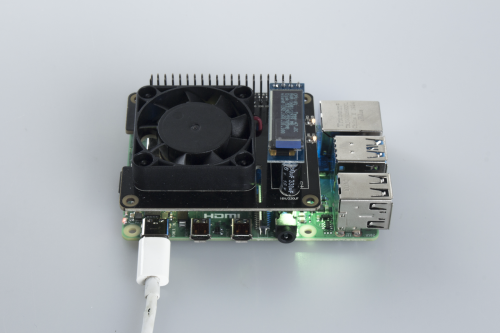
Mid - summer hot days sure can make anyone irritated. Similarly, when you use a Raspberry PI for too long, it starts heating up that risks your project and your setup. A simply, solution to avoid this heat dissipation and keep the system cool, we introduce to you a RGB cooling HAT.
The HAT is equipped with a high power fan that is capable of adjusting temperature according to the CPU to keep your Pi st its peak performance. Unlike other cooling fans, we have ensured that our Cooling HAT is stealthy-silent.
A 128x32 OLED screen can also easily be inserted directly into the HAT to display the real-time state of the RPi, such as internal memory, CPU, temperature, etc.
The HAT looks in style with 3 build-in RGB full color programming lights whose color is manually adjustable to give you the specially good effects of running water LED light, horse Race Lamp, rainbow light and so on that you can achieve by sending out few commands directly.
Besides, all IO ports of RPi are led out for your convenient use.
Features
Applicable Versions: Raspberry Pi 4B/3B+/3B
Fan Size: 40mm x 40mm
The default settings of rotating speed
| Temperature | Rotating Speed |
| 50° | 50% |
| 55° | 75% |
| 60° | 90% |
| 65° | 100% |
OLED
- Size: 0.9 inch
- Resolution: 128x32
- Type: OLED
- Color: Single White
- Communication Port: I2C
Package Including
- 1 x RGB Cooling HAT
- 1 x 128x32 OLED screen
Preparation
Product List
1. Cooling Extension Board
2. Screw x 8
3. Copper Standoff x 8
4. oled Screen
Required Preparation
1. RPi Power Adapter
2. RPi 3b+ or 4b
3. Network Cable (it's for RPi system installation and you can ignore it if you have finished.)
4. Card Reader: (it's for RPi system installation and you can ignore it if you have finished.)
5. SD card (a recommended 8g and higher one) (it's for RPi system installation and you can ignore it if you have finished.)
Hardware Operation
RPi Installation (Skip it if you've installed)
Install RPi image with RPi official tools
Link: https://www.raspberrypi.org/downloads/
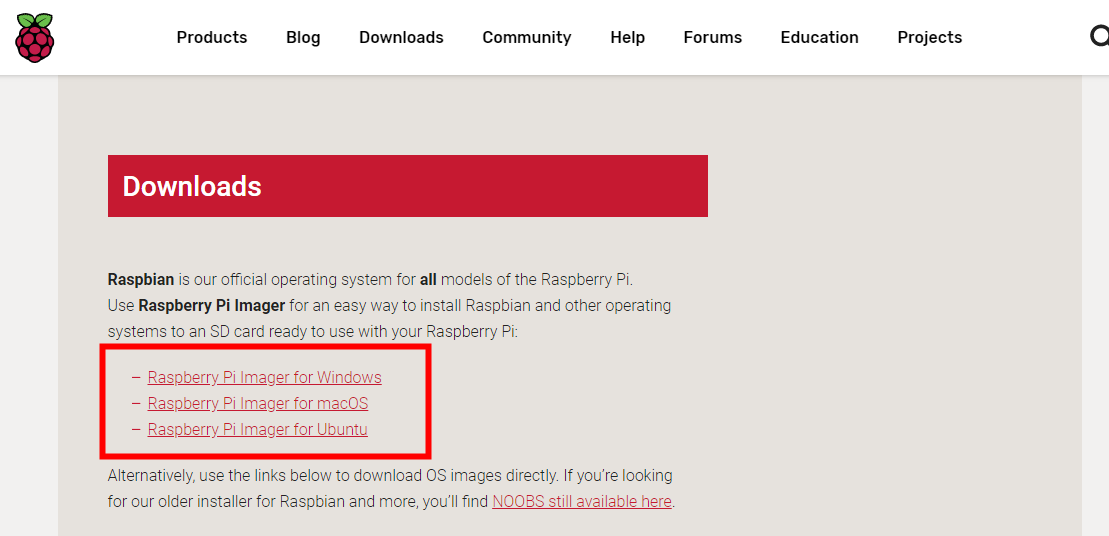
The page is as follows when you finish the download.
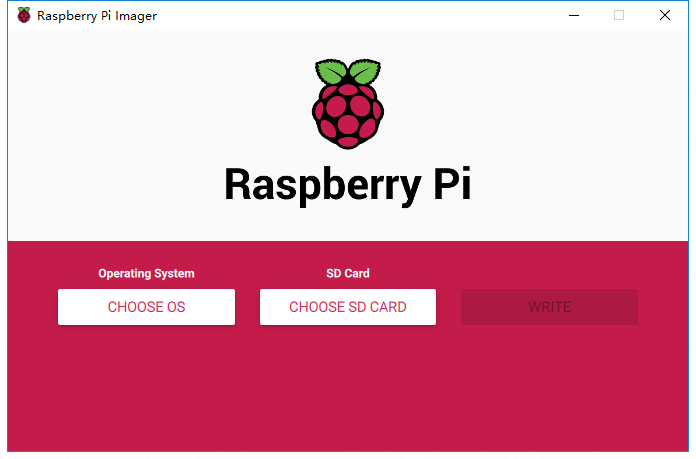
Click "CHOOSE OS" to select operation system.
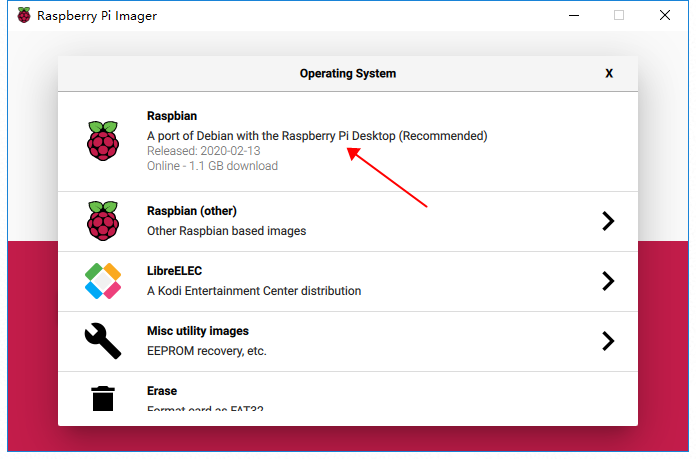
Select sd by clicking "CHOOSE SD CARD".
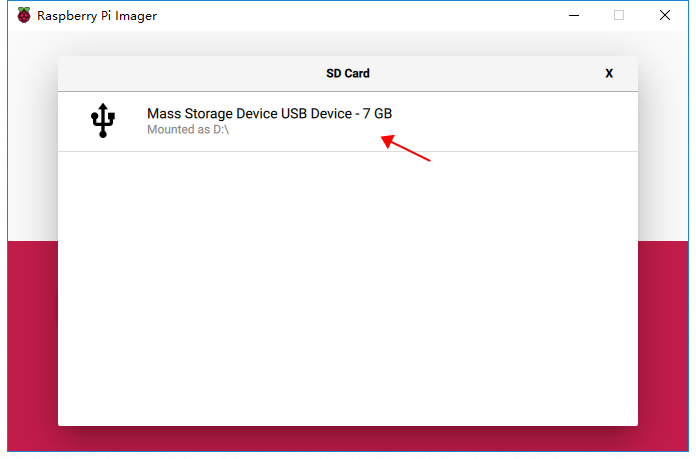
Write the system by clicking "WRITE".
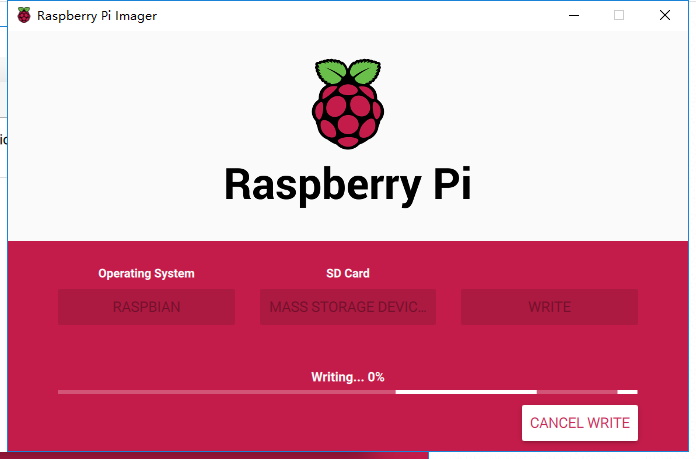
The screen needs to install the driver before it can be used normally. Before that, you can connect to the RPi via ssh.create a file named ssh without suffix name in / boot directory.
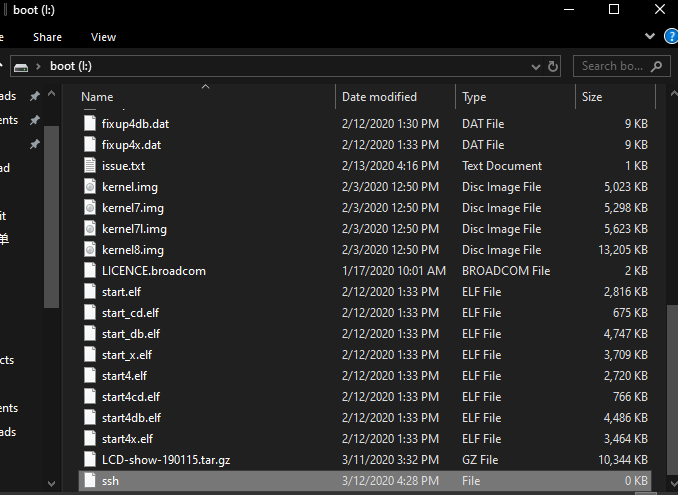
Connect the RPi to the screen as shown below, and insert the LCD screen into the RPi on the right.
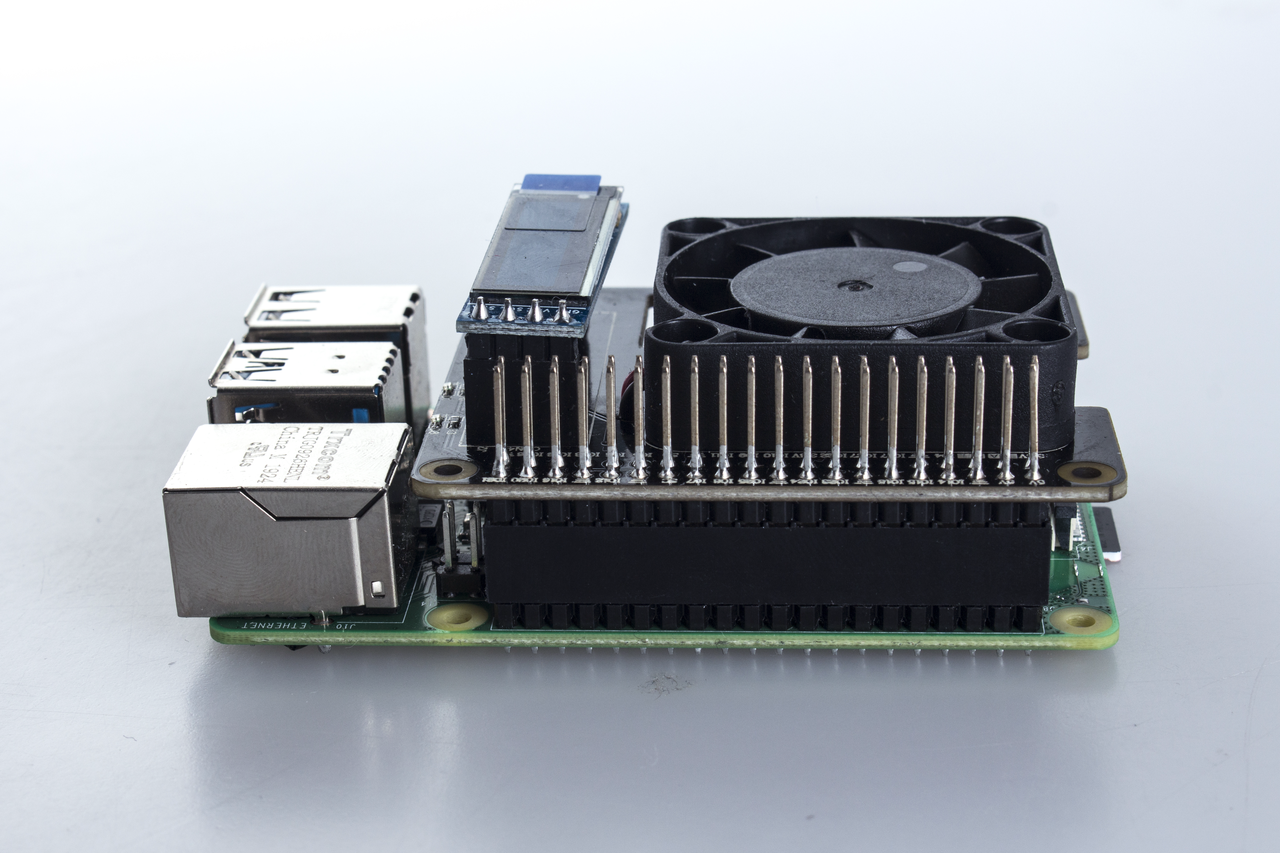
Insert the sd card and network cable into the RPi and power it.Start the RPi directly and find the RPi ip.
1. Check the RPi ip via Advanced IP Scanner.
2. Advanced IP Scanner Download Link: https://filehippo.com/download_advanced_ip_scanner/
3. You can also view RPi ip in wired connections through the router management page.
Software Operation
Once the ip is found, you can use the tool putty for ssh remote connection to control the RPi.
a. putty download link: https://www.chiark.greenend.org.uk/~sgtatham/putty/latest.html
b. Download finished, putty page is as shown. You need to input RPi ip, and type in 22 in the port box. Check ssh and click open to connect with RPi.
c. The terminal page appears once you click open. By default, the ID is "pi" and the password is "raspberry". Note the alphabetic case.
Note: The password characters are hidden when you are entering.
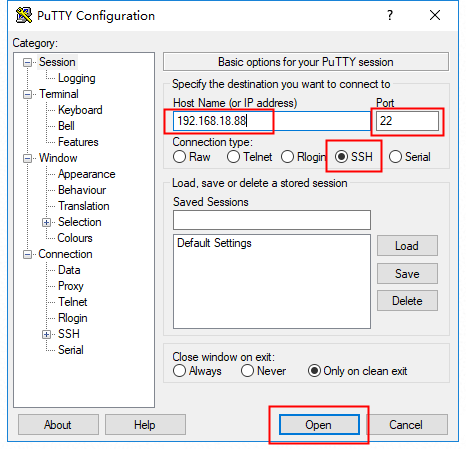
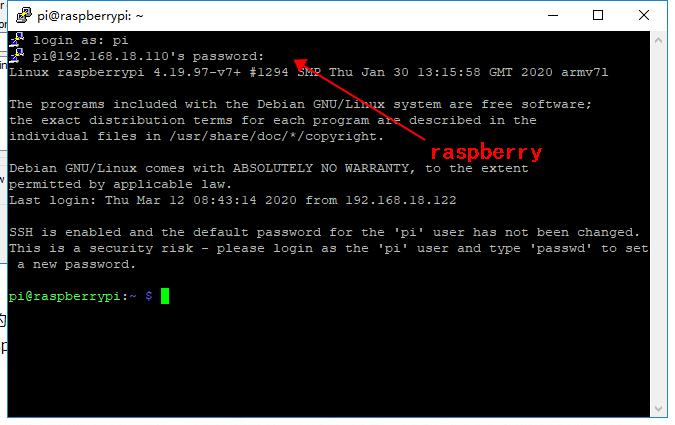
Upload temp_control.zip to RPi and unzip the file.<br<br
a. File transmission with RPi can be achieved by using the ftp tool.
b. ftp Link: https://filezilla-project.org/
c. Download, install and go back to the home page. Fill in the box below, and finally click quickconnect to connect RPi.
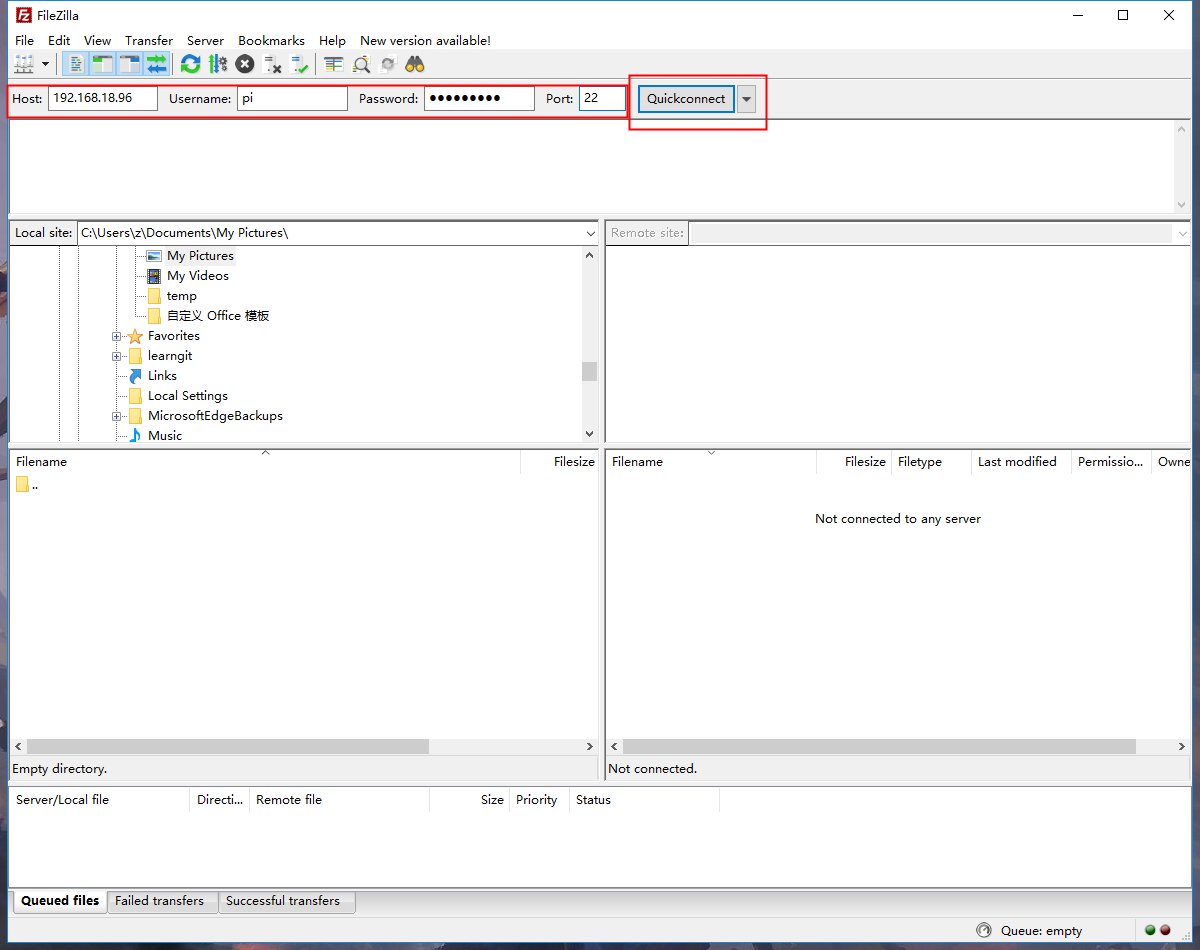
Drag temp_control.zip to the RPi directory.
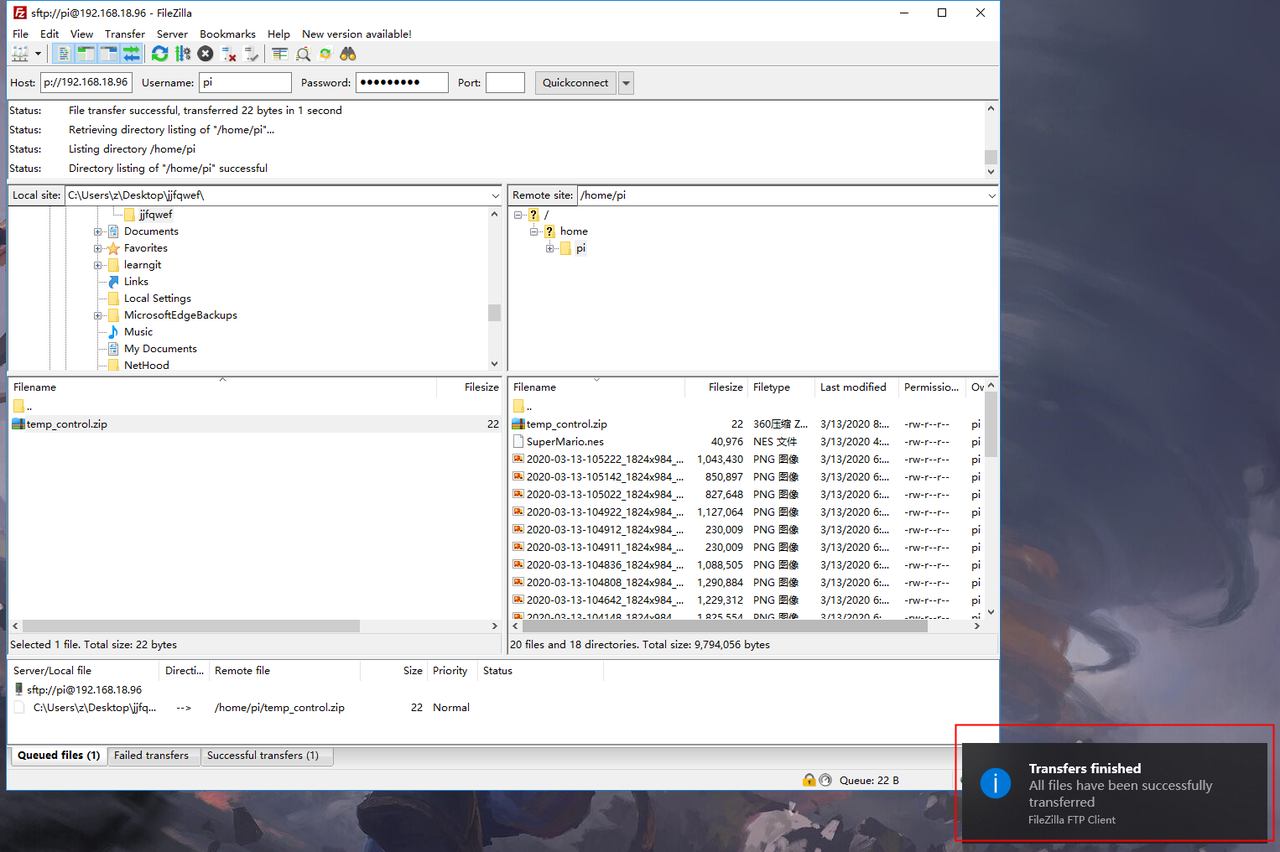
Enter the RPi terminal via putty.
Go to the directory containing temp_control.zip, input the unzip command and run install.sh to install the driver.
- unzip temp_control.zip #unzip
- cd temp_control/ #jump to temp_control directory
- gcc -o temp_control temp_control.c ssd1306_i2c.c -lwiringPi #compile program file
- ./temp_control #run the code
- #Set the startup
- cd /home/pi/temp_control #jump to temp_control directory
- sudo sh install.sh #Run the script installation command
- sudo reboot #Restart RPi
Final Effect
The RPi 4B board used, we can see when CPU temperature is up to 55℃, the fan starts automatically. When the temperature drops to 48 ℃, the fan stops working automatically.
If we use RPi 3B+ board, when CPU temperature is up to 46℃, the fan starts automatically.
When the temperature drops to 40 ℃, the fan turns off automatically.